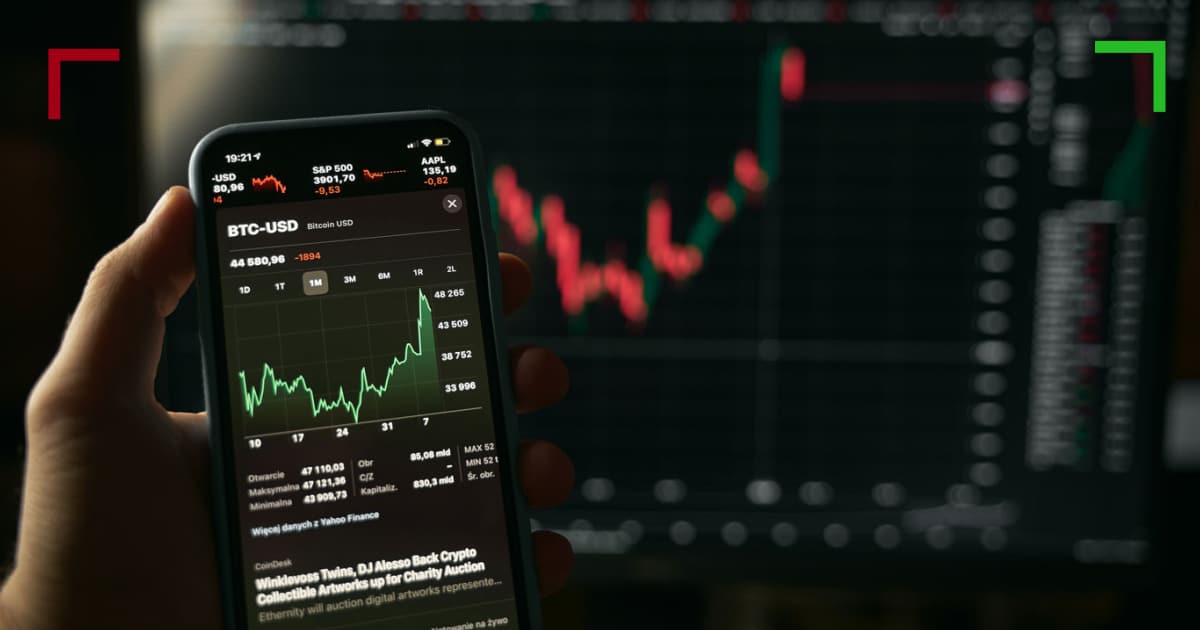
Mastering the Market: Key Crypto Trading Technical Tools
In the rapidly evolving world of cryptocurrencies, the importance of technical analysis cannot be overstated. Traders employ a variety of technical tools to analyze price movements and market trends, enabling them to make informed decisions. This article delves into the most effective crypto trading technical tools that every trader should be familiar with, from moving averages to oscillators. For an insightful read on the subject, check out this resource: Crypto Trading Technical Tools https://www.carlagericke.com/author/carla/page/17/.
1. Moving Averages (MA)
Moving Averages are fundamental indicators in technical analysis, primarily used to smooth out price data by creating a continuously updated average price. The most common types are the Simple Moving Average (SMA) and the Exponential Moving Average (EMA). The SMA gives equal weight to all prices, while the EMA places more weight on recent prices, making it more responsive to new information. Traders often use moving averages to identify trend directions; a common strategy is to watch for crossovers—when a short-term MA crosses above a long-term MA (bullish signal) or vice versa (bearish signal).
2. Relative Strength Index (RSI)
The Relative Strength Index is a momentum oscillator that measures the speed and change of price movements. RSI ranges from 0 to 100 and is typically used to identify overbought or oversold conditions in a market. An RSI above 70 suggests that an asset may be overbought, while an RSI below 30 indicates it may be oversold. Traders often use these signals to gauge entry and exit points, capitalizing on potential price reversals.
3. Bollinger Bands

Bollinger Bands are volatility indicators that consist of a middle line (the SMA) and two outer bands that are plotted two standard deviations away from the SMA. These bands expand and contract based on market volatility. When the bands are close together, it indicates low volatility and potential for price breakout—upwards or downwards. Conversely, when the bands are wide apart, it suggests high volatility. Traders utilize Bollinger Bands to identify overbought or oversold conditions, as well as potential buy and sell signals based on the price action in relation to the bands.
4. MACD (Moving Average Convergence Divergence)
MACD is a trend-following momentum indicator that shows the relationship between two moving averages of a security’s price. It consists of the MACD line, the signal line, and the histogram. Traders look for crossovers between the MACD line and the signal line to identify potential buy and sell signals. Furthermore, the histogram indicates the strength of the momentum; larger bars suggest stronger momentum and vice versa. MACD is a versatile tool that can be used in various market conditions, making it a staple for many traders.
5. Fibonacci Retracement
Fibonacci retracement levels are used by traders to identify potential support and resistance levels based on the Fibonacci sequence. Traders typically draw horizontal lines at key Fibonacci levels (23.6%, 38.2%, 50%, 61.8%, and 100%) during a price correction. These levels can indicate potential reversal points in the market, providing traders with opportunities to enter trades in the direction of the overall trend. Understanding how to apply these levels can enhance a trader’s ability to anticipate market movements.
6. Volume Indicators
Volume indicators are crucial in crypto trading as they provide insight into the strength of a price move. An increase in volume often signifies strong interest in the asset, which can validate a price move. Common volume indicators include On-Balance Volume (OBV), which uses volume flow to predict changes in stock price, and the Chaikin Money Flow (CMF), which combines price and volume to measure the buying and selling pressure. By analyzing volume patterns, traders can improve their decision-making and identify potential reversals or continuation of trends.
7. Order Book

The order book is a real-time list of buy and sell orders for a particular asset. It provides traders with crucial information about the market depth and the supply and demand forces at play. Understanding the order book allows traders to anticipate potential price movements and market sentiment. For instance, a large number of buy orders at a particular price level may indicate strong support, while a concentration of sell orders can be an indicator of resistance.
8. Candlestick Patterns
Candlestick patterns, which represent price movement over a specific time frame, are invaluable for traders looking to make quick decisions based on market sentiment. Common patterns like the Doji, Hammer, and Engulfing patterns can signal potential reversals or continuations in the market. By learning to read these patterns, traders can enhance their predictive capabilities, employing them alongside other technical tools for improved accuracy.
9. Charting Software
Having the right charting software is vital for any crypto trader. Advanced charting platforms offer a plethora of tools for technical analysis, including customizable indicators, drawing tools, and back-testing capabilities. Popular platforms like TradingView and MetaTrader allow traders to analyze the market effectively and develop their strategies based on historical data. A good charting software should be user-friendly, reliable, and adaptable to different trading styles.
10. Automated Trading Bots
Automated trading bots have gained traction in the trading community due to their ability to execute trades at high speed and efficiency, based on predetermined criteria. These bots can analyze market conditions and execute trades when specific thresholds are reached, helping traders capitalize on opportunities without the emotional toll of manual trading. However, it’s essential to monitor automated strategies and adjust them as market conditions change.
Conclusion
In summary, mastering various crypto trading technical tools is essential for any trader looking to succeed in the volatile cryptocurrency market. From Moving Averages to advanced order book analysis, understanding these tools can significantly enhance your trading strategy. By incorporating these technical indicators into your trading plan, you can make more informed decisions, improve your entry and exit strategies, and ultimately increase your chances of successful trades. As technology evolves, staying updated on the latest technical tools and integrating them into your trading routine will be crucial to navigating the market effectively.